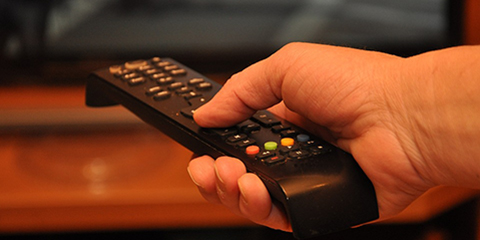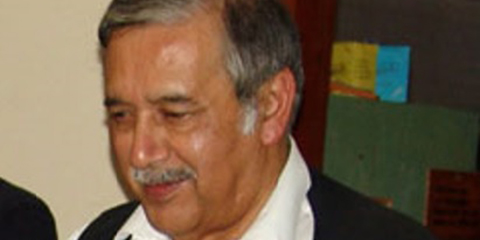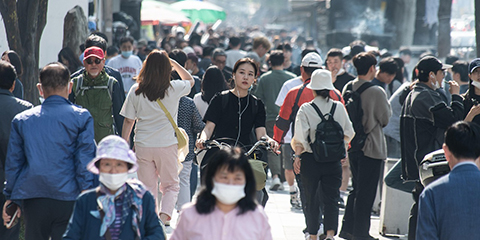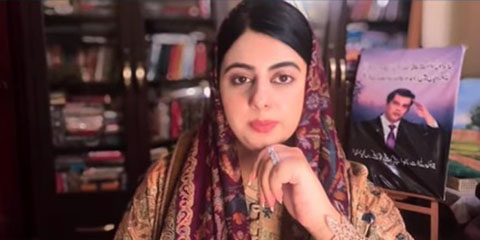Lost in transition
JournalismPakistan.com | Published: 29 November 2012 | Stephen Manuel
Join our WhatsApp channel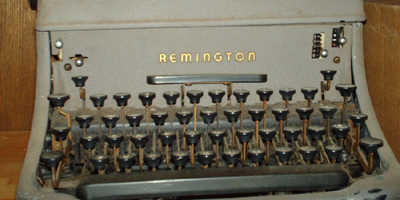
This article explores the transformation of newsrooms over the decades, highlighting the shift from traditional practices to modern technology. It reminisces about tools and methods that have become obsolete in contemporary journalism.Summary
Although the chatter and clamor of editors and reporters in a newsroom remain the same, it’s truly amazing how technology and culture have changed so many other aspects that were once integral parts of the newsroom.
It’s not machinery and equipment that has changed, but sounds and smells as well. So too has page making and the way a newspaper is put together. Indeed certain key departments of the newspapers as we knew them in the past have ceased being altogether.
Walk into any newsroom today and you will find sub-editors busy editing on desktops. Their fingers running softly over the keyboard emit hardly any noise. The mouse is an integral tool in their editing capabilities.
Their stories are in virtual folders. Their pictures are stored in virtual folders. They barely have to move from their seat to get their job done. Interaction with colleagues vis-à-vis work is minimal; it’s online.
Gone are the days when the chief sub had to yell over the noise of the newsroom to be heard at the other end of the news desk. Frankly, in many modern newspapers there is no news desk. There is a newsroom that has desks and cubicles where sub-editors and editors sit, but a news desk in the orthodox sense has gone the way of the dodo.
Even telephones don’t ring as much as they used to. Cell phones and email have taken over.
Things sure have changed.
I clearly recall just how surprised I was when, soon after joining The Pakistan Times in 1983, I had to take my story directly to the compositing section to save time. The Pakistan Times, a semi-government newspaper, was housed in a ramshackle complex of rooms and sheds on Peshawar Road in Rawalpindi. It resembled a warehouse more than a newspaper office.
Directed by a half dozen people I did not know, I finally found my way to the compositing section which was one step away from the gigantic press itself, a machine that made hissing sounds even as it groaned and labored like an injured troll.
A small man in overalls took the story from me, glanced at it with no interest and handed it over to another man in a greasy orange overall. This individual produced a metal tray-like object, made some adjustments and then from a wooden cabinet that had hundreds of little drawers started building up a column of lead letters on the tray down to commas and full stops. He worked with speed and accuracy. I watched mesmerized as within 15 minutes he had a neat column ready for me to read.
It was magic and skill of the highest order.
When I found no mistake, he handed it to another man and told me I could leave. The press had furnaces and there was an acrid smell of smoke, lead, wood and chemicals I had no idea about.
That was and still is a historical moment for me.
But much else has been lost. I’m going to try and list some of the things I have seen and are either no more or barely used in current newsrooms and newspapers in Pakistan.
Pencils & ball point pens: Hardly any newsrooms have pencils and ball point pens anymore. These are no more required as subbing and editing is done on desk tops. Only the diehard keep them.
Headline & rough pads: An integral part of the news desk, it was unimaginable to function without headline or rough pads. The headline pads were small, about 5x6 inches and made with waste print paper. The rough or writing pads, as they were sometimes referred to, were larger. Neither is used now because all content, headlines and text, is done on the desktop.
Paper weights: These glass balls or square marble pieces are no longer used because paper is not used. Furthermore newsrooms now have ACs as opposed to ceiling fans which would make paper fly as in the newsrooms of the 70s, 80s and before.
Paper knife: Another tool not used anymore. No paper to cut.
Common pins and paper clips: Only seen when the sub or editor gets non-virtual documents as from government agencies, ministries etc. Both were used in abundance when paper was used for subbing.
Scale a.k.a foota / ruler: Used to cut paper, news feed and also to size up photographs. Now extinct.
Spike: This was a ‘must’ object in the days of yore and all headlines, written and approved by the chief sub, went on the spike to be collected by the headline composer when he made his rounds every half an hour or so. Also both of them were very handy weapons of opportunity as in the case of a famous brawl between two very well known reporters of the time. One currently dabbles in poetry and writes pseudo philosophical columns for a newspaper of distinction and the other is a PTV stalwart and pseudo expert of defence matters.
Hand fan: Most newsrooms had these for those times when there was a power outage which was always and still is very possible.
Fly Swatter: As the names suggests, a very handy implement used to swat pesky flies and other insects that could and did frequent the newsroom.
News feed: Hmmm… This one is a bit complex for those who would know nothing about it. All news coming from agencies such as APP, PPI, Reuters etc would come via the ‘tele-type’ machine, and was imprinted on rough yellowish print paper which came in a long strip off a role that looked much like a printer ink cartridge. The stories ran concurrently in a long strip and had to be cut and then sorted. A story could typically come in two or three takes. Sometimes the story would be garbled and this could be very frustrating, requiring all the skills of a sub-editor to make it coherent. The system from the machine to the neatly pinned together story would be called the ‘news feed’. The tele-type machine made a constant whirring, clickety-clack sound that was a constant in the newsroom. Modern newsrooms are devoid of this very comforting sound. If the tele-type worked, the newsroom worked.
Tele-printer: A monstrous machine which not only received news almost the same way as the tele-type but also sent news to bureau offices etc once typed in. This could be difficult as the tele-printer had the hardest keyboard by far of any machine I have ever come across. It also made a noise that sounded like a cross between a machine gun and a tractor.
Typewriters: Yup, the grand daddy of all word churning machines used by journalists to get their stories on paper. Not only the source of various arguments and fights as to who would use it and had priority, but also annoying because the ribbon used for ink was always faded or slipping off its little base. Most journos learned typing the hard way, preferring to use one finger or two to get the job done. The rigors of learning proper typing involved such mindless exercises as typing QWERTR and POIUYU but also the clichéd ‘The quick brown fox jumps over the lazy dog’ and ‘now is the time for all good men to come to the ad of the party,' sentences that employed all letters of the alphabet. I have personally used for months a 1920 Remington that had worn out keys. It was antique and I wish I had it now.
S/C & D/C: You hardly ever hear the chief sub say “I want this story in an S/C or D/C 10cm or 6 inches deep.” Thos days are gone. You decide the length of the story and you decide the display.
Headline wallah: The headline wallah was the guy who composed and printed out the headlines subs thought up and wrote down on their little brown pages of their headline pads. One had to know exactly the font size and the headline would not be as you expected and the headline wallah was not always happy to make the same headline twice.
Proofreaders: These were the guys who read one’s copy to ensure spelling mistakes and other errors did not go in it. Nothing went on the newspaper unless the proofreader had seen it first. Now you have spell check and online dictionaries and thesaurus.
Layout Man/Paster: A bunch of egoistical morons who made sure that everybody knew how difficult it was to cut out a story from a printed page with a pair of scissors and paste it on full-scale graph paper. Some were messy and others slow. Now they work on desktops and are called ‘layout artistes’.
The monitoring desk: This was usually an old man with radio who listened to the news and informed the desk about the latest as on radio. Later, a television set was added to the demands of the job.
Butter paper: Otherwise used for baking, but in the newspaper office used for printing corrections and headlines.
Compositing section: Where a bunch of moody typists pretending to be superman with IBM composing machines at their disposal.
Bulawa: This was the term used when the editor or news editor decided they had enough of you and summoned you to send you packing home.
And there were many other things I might not recall at the moment but which too were lost in transition. If you remember, do write in.
KEY POINTS:
- Sub-editors now use desktops, minimizing physical interaction.
- Traditional tools like typewriters and paper feeds have vanished.
- Modern newsrooms lack the distinctive sounds and smells of the past.
- Online communication has replaced many in-person interactions.
- Changes reflect broader cultural and technological shifts in journalism.







